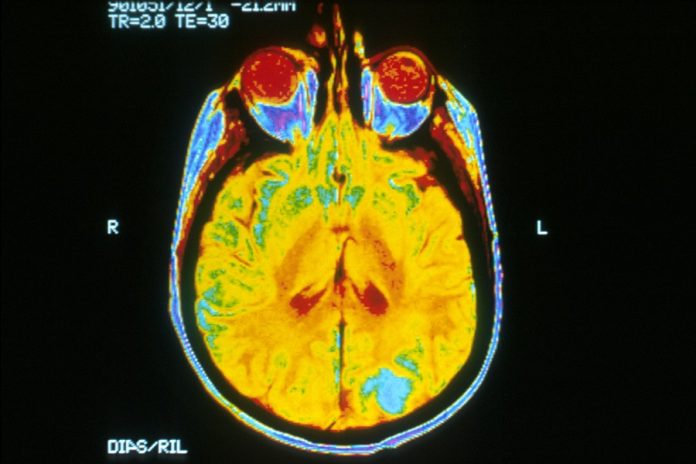Artificial intelligence (AI) can detect changes in the brains of individuals who are likely to be victims of Alzheimer’s disease almost a decade before physicians can diagnose the condition by simply relying on symptoms.
The technique leverages non-invasive MRI scans to spot changes in how various sections of the brain are linked.
Alzheimer’s is known for being the leading neurodegenerative disease that causes elderly people’s dementia, which ultimately leads to loss of cognitive functions and memory.
The race to diagnose the disease at an early stage has already started.
Even though there is no cure yet for the condition, the drugs under development today are expected to work better when taken as early as possible.
In fact, an early diagnosis of Alzheimer ’s disease can also enable individuals to begin instituting lifestyle changes to assist in slowing down the progression of the condition.
To allow earlier diagnosis, Marianna La Rocca and Nicola Amoroso at the Italy-based University of Bari teamed up with their colleagues to come up with a machine-learning algorithm for discerning the brain’s structural changes, particularly those resulting from Alzheimer’s disease.
For starters, they started by training the algorithm by using 67 MRI scans, whereby 38 of them were drawn from individuals suffering from Alzheimer’s.
The remaining 29 were from healthy controls.
All the scans were derived from the Los Angeles-based University of Southern California’s database of Alzheimer’s Neuroimaging Initiative.
Positive Discrimination
The idea behind this initiative was to train the algorithm on how to properly categorize and distinguish between healthy and diseased brains.
The researchers separated each brain scan into tiny regions before analyzing the neuronal connectivity existing between them, without having to make any assumptions regarding the preferred size of such regions for diagnosis.
They discovered that the algorithm conducted the most precise classification of the Alzheimer ’s disease, particularly when the brain regions under comparison were about 2250-3200 cubic millimeters.
According to La Roca, this was intriguing since it matches the size of those anatomical structures linked with the illness including hippocampus and amygdala.
The team went ahead to test the algorithm on another set of scans drawn from 148 subjects.
Out of these scans, 48 had the Alzheimer ’s disease, 52 were healthy and the remaining 48 had MCI or mild cognitive impairment, even though they were known for having developed the neurodegenerative disease 2.5 to 9 years later.
The artificial intelligence (AI) differentiated between a brain affected by Alzheimer’s disease and a healthy one with 86% accuracy. Importantly, it could also identify the difference between brains with MCI and healthy ones with an accuracy rate of 84%.
Looking at the accuracy level, the algorithm shows that it could spot changes in the brain that caused Alzheimer’s nearly a decade before clinical symptoms emerge.
Early Diagnosis
Alzheimer ’s disease has in the past been associated with the formation of both neurofibrillary tau tangles and sticky beta-amyloid plaques in the brain.
“Nowadays, cerebrospinal fluid analyses and brain imaging using radioactive tracers can tell us to what extent the brain is covered with plaques and tangles and are able to predict relatively accurately who is at high risk of developing Alzheimer’s 10 years later. However, these methods are very invasive, expensive and only available at highly specialized centers,” said La Rocca.
On the contrary, the new approach can differentiate between normal brains and the brains of individuals with MCI who would later develop the dreaded Alzheimer’s disease in almost ten years.
However, additional work will be required in a bid to differentiate between individuals with MCI whose brains would age normally or those who may develop other types of dementia.
Blood tests that seek the Alzheimer’s disease biomarkers could be even simpler and cheaper compared to the new approach.
However, none of these are available on the market at the moment.
“There are no blood tests for Alzheimer’s disease. There have been some attempts, but without much success yet,” said Goran Šimić at the Croatia-based University of Zagreb.
The Next Step
Patrick Hof at the New York-based Icahn School of Medicine was impressed with the new test.
In fact, he said that a technique that may project the disease ten years before being fully expressed will be “incredibly valuable,” especially if preventative therapeutics surface.
Source Newscientist
